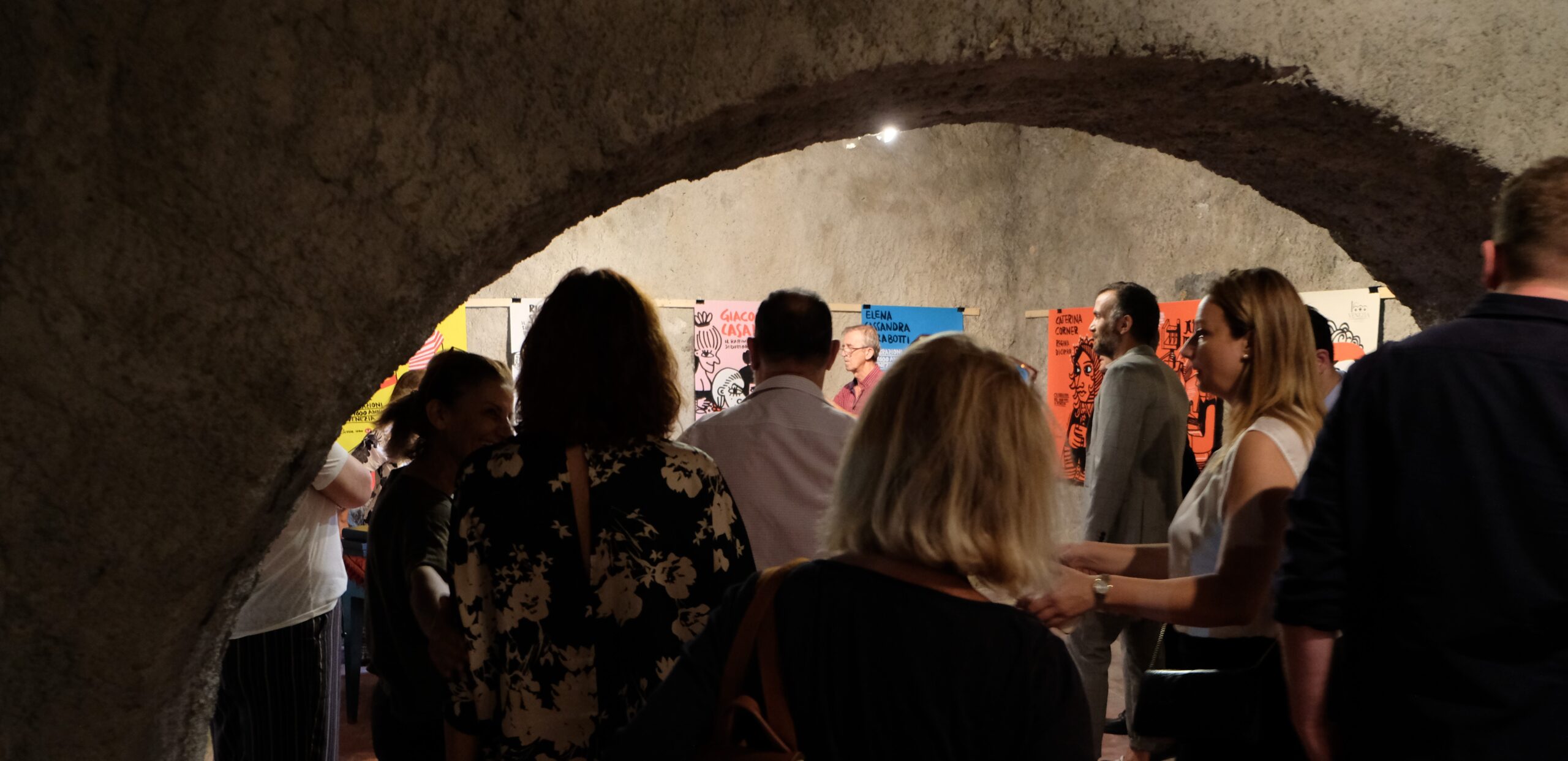
Levante: Bridging Cultural Ties Between North Evia & Venice in the Medieval Tower of Rovies
Before moving to the event, let’s present one of the most important landmarks of the area, the Medieval Tower.
Nestled in northern Evia, the medieval Tower of Rovies tells a tale of resilience and adaptability. Constructed in 1256 by William of Villehardouin, a Frank ruler, it became his residence and stronghold amidst a contentious inheritance dispute with the Venetians. The stone edifice, initially serving as an observatory for pirates, stood tall as the ownership changed hands – from the Franks to the Venetians, then the Ottomans, and eventually, to a Greek family.
In the 14th century, the Venetians methodically reestablished their authority over northern Evia, using the tower’s height to communicate with Italy through lights. The tower then bore witness to the Ottoman period, starting in 1470, surviving the wrath of Mohammed II due to its use as a vacation home by the local Aga (in contrast to the rest of the Evia towers).
Later, in the throes of the Greek War of Independence, the Ottomans sold the tower to Apostolos Doumas, a Greek landowner, in the 1830s. The Doumas family, now known as the Papadopoulos, has dutifully preserved this historic symbol, despite the changing landscapes around it.
The Tower, a reflection of Western architecture, is a square stone sentinel featuring ramparts and small openings. Its aura has been both bolstered and altered by additions over the years, including a cement reinforcement in 1930 following a tragic accident. Today, amidst the modern structures of Rovies, the Tower stands as a testament to the enduring spirit of the past, symbolizing centuries of tumultuous history, evolutions of power, and the indomitable resilience of humanity.
The Event
The picturesque village of Rovies in North Evia, Greece, recently played host to the “Levante” exhibition, a captivating display of art and history that highlighted the cultural connections between North Evia and Venice. Facilitated by Mangata Seaside Hotel, the exhibition made its debut in the medieval tower of Rovies, after previous appearances in Venice and Corfu.
Created by Venice-born illustrator Lucio Schiavon, the Levante exhibition features original works depicting iconic characters and events from the Serenissima, on the occasion of the 1600 years from its establishment. As the exhibition made its way to Greece, a new piece was added to showcase the Lady of North Evia, Petronilla de Tocco. The powerful diplomat and influential figure in the Mediterranean defied gender norms of the 14th and 15th centuries. (As a token of appreciation to our contribution, the original poster of Petronilla was gifted to us and can be viewed in the premises of the hotel.)
In Rovies, visitors were also invited to participate in a workshop led by artist-calligrapher Maria Genitsariou. Through candlelight, Genitsariou transported participants to the atmosphere of the time, exploring the writing tools and techniques used in Greece and Venice during the 13th to 15th centuries. This interactive experience allowed guests to understand how Petronilla wrote and encrypted her letters to protect their contents.
The exhibition has made a significant impact on the local community. The medieval tower, which had been closed for years, reopened to host the event, sparking conversations about its potential utilization. Publicity for the exhibition reached audiences in four different languages, raising awareness of the cultural connections between the two regions. Locals and visitors alike (among them schools) discovered hidden dimensions of the local cultural heritage, while the event also paved the way for new opportunities for cooperation, further emphasizing the power of art and history in bridging cultural divides and enriching the lives of those who experience it.
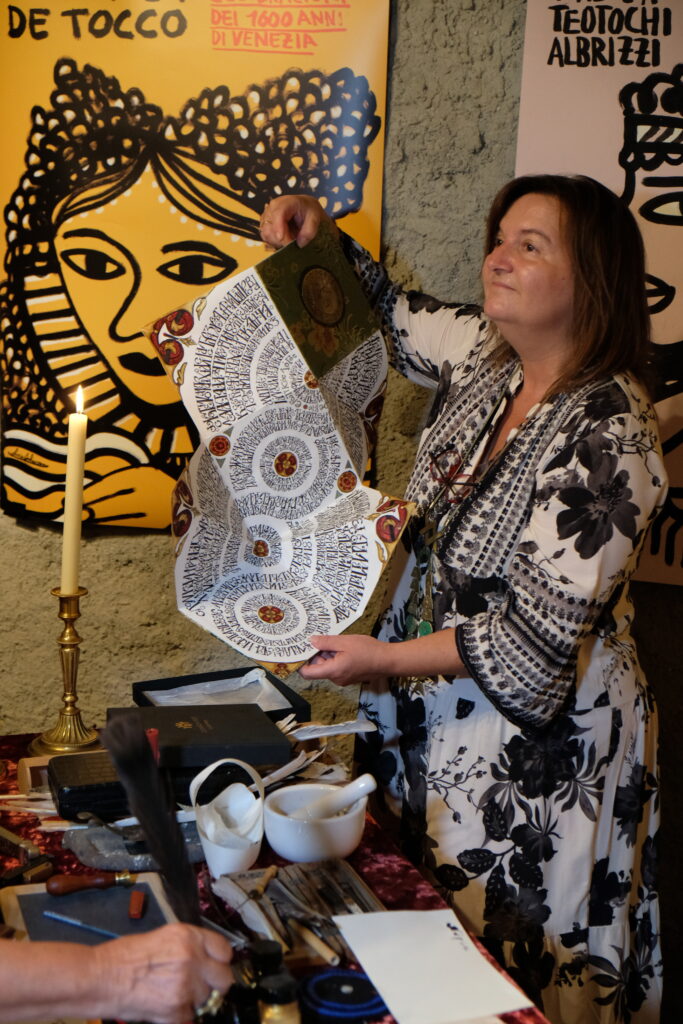
The Artists
Lucio Schiavon’s impressive portfolio includes collaborations with the Biennale di Venezia, New Yorker magazine, Swatch Group Ltd, and UNICEF. Schiavon has exhibited his works at the Bevilacqua La Masa Foundation in Venice and won prestigious awards in New York and Berlin.
Maria Genitsariou, a pioneer in Greek calligraphy, studied Greek Palaeography at the Palaeography Department of MIET. Her works are featured in private collections and international institutions inside and outside Greece, including a permanent exhibition at the Calligraphy Center in Vienna and the Ecumenical Patriarchate in Constantinople.
The Organisers
The Levante exhibition was coordinated by Myth Euromed and supported by the Embassy of Italy in Athens, the Italian Educational Institute, the Greek National Tourism Organisation, and the Municipality of Mantoudi-Limni-Agia Anna. Dimitri Georgiou, co-owner of Mangata, was the local coordinator/curator and main sponsor of the event.


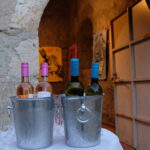
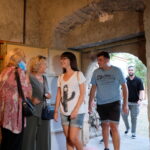
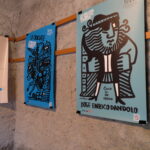
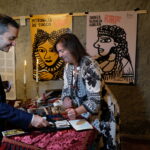
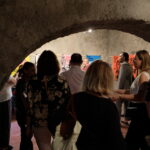
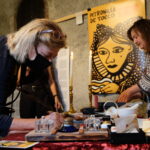
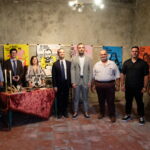
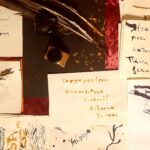

Leave a Reply